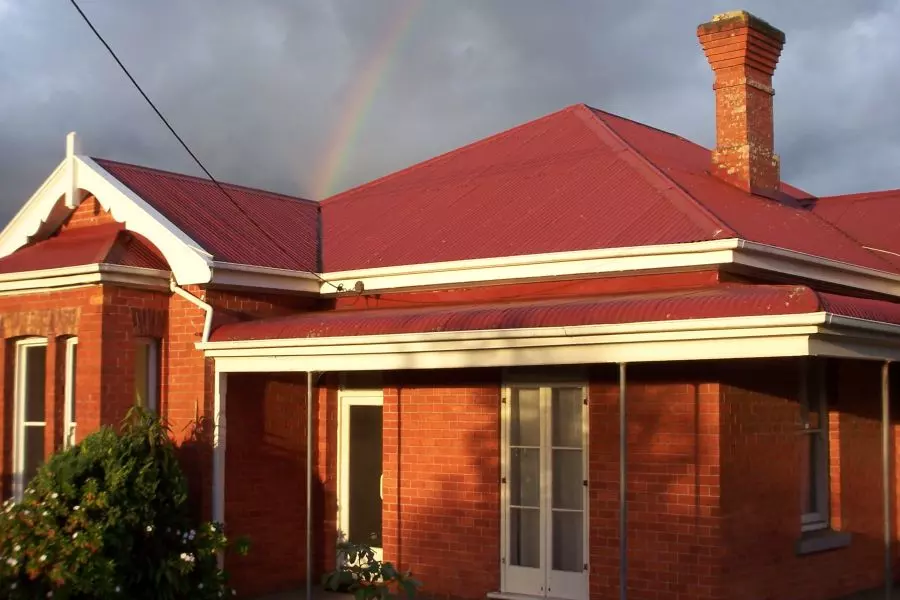
News
Housing policies’ effects: Few and far between

Friday 16th of April 2021
CoreLogic says a spike in investor sales or sharply rising rents don’t seem particularly likely.
Higher mortgage rates might be the key concern for property. Especially now that the loss of interest deductibility will be felt more keenly when rates do rise.
On top of that, loans are larger than ever before. And from such a low base, even a small rise in mortgage rates is p...
Want to read the full article?
Click the button below to subscribe and will have unlimited access to full article and all other articles on the site.





![[The Wrap] Bye Bye Bayly](https://goodreturns.publit.io/file/c_fill,w_900,h_600/39f23ac1-f7c7-4854-b700-a150004ebbac.webp)


